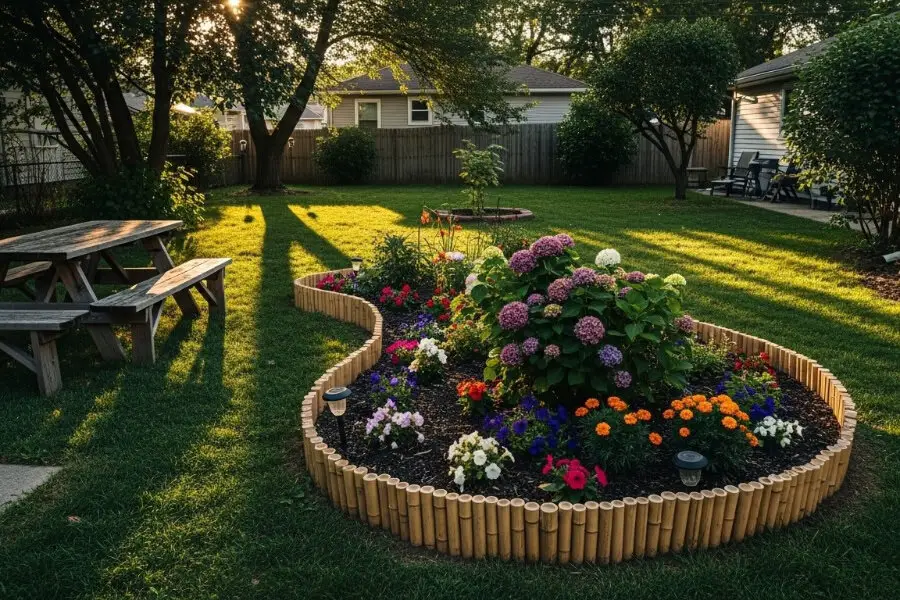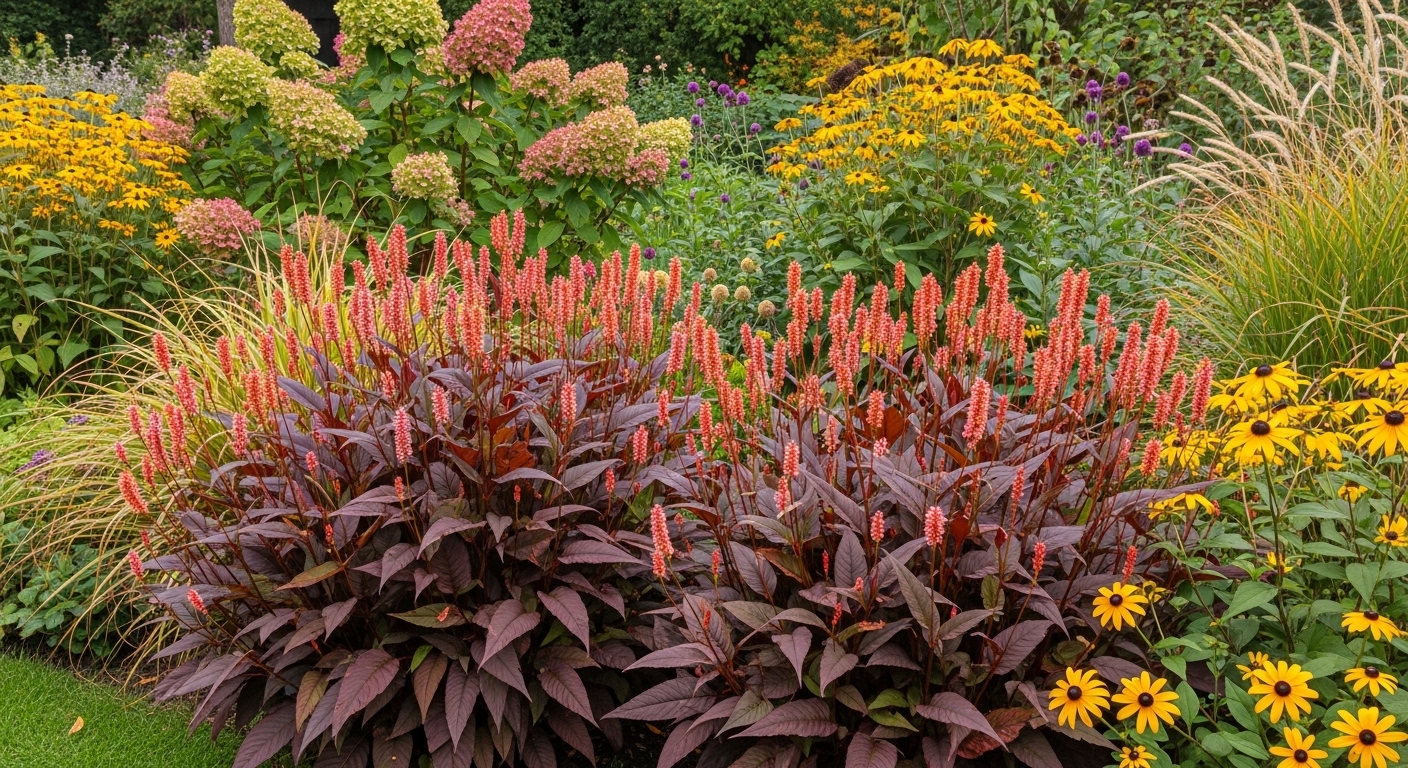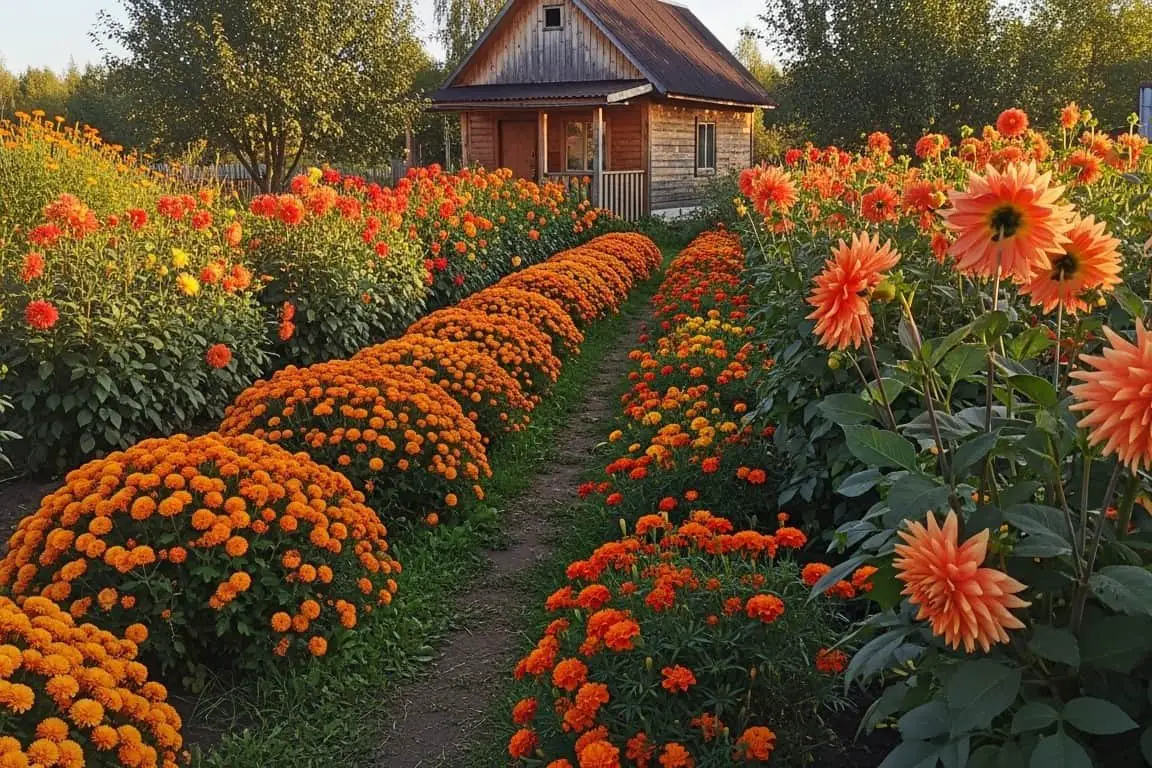Hi
Is your peace lily refusing to bloom?
Don’t worry, you’re not alone. These plants need bright, indirect light to thrive, and with a few changes, you can help them bloom again. In this blog, I’ll share simple steps that work and highlight common mistakes to avoid.
Keep reading for helpful gardening tips!
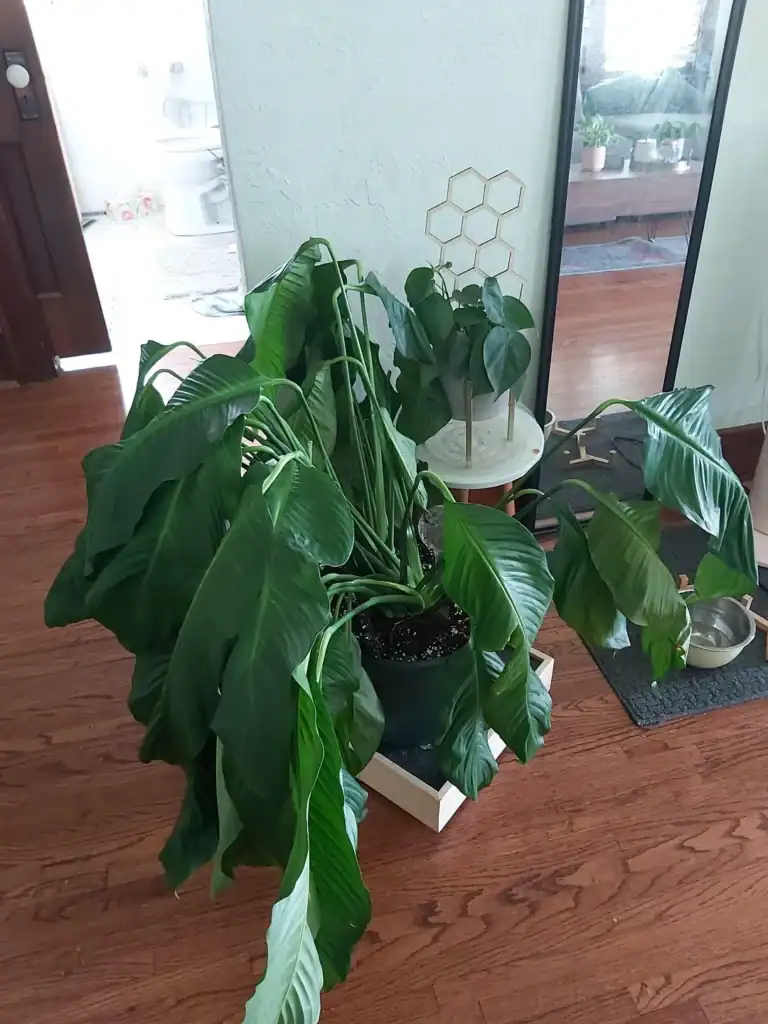
Contents
Common Reasons for a Peace Lily Not Blooming
Getting your peace lily to bloom can be tricky, but it’s not impossible. Sometimes small mistakes—like where you place the plant or how you care for it—can stop those beautiful green flowers from showing up.
Insufficient Light
Peace lilies need 10 to 12 hours of bright, indirect light each day to bloom. Low light might keep the plant alive, but it won’t let flowers grow.
I like placing mine near a window with filtered sunlight. If it’s too sunny, I use sheer curtains to protect the leaves. Relocating the plant closer to an indirect light source works wonders for me!
Improper Watering
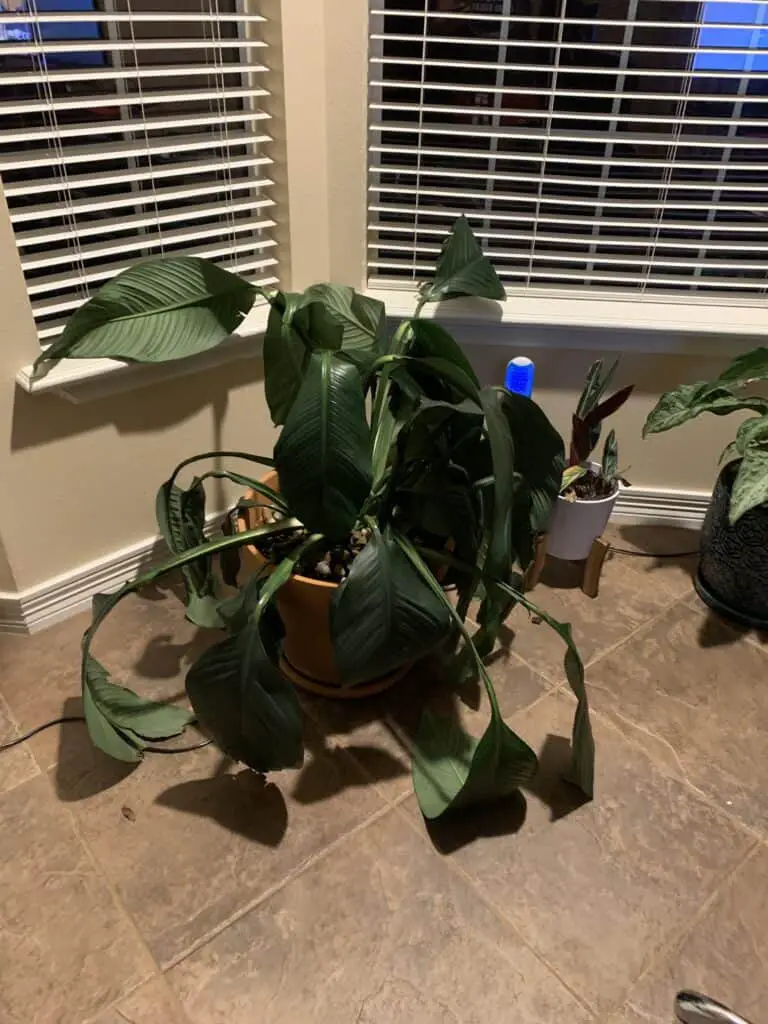
Too much or too little water can stop a peace lily from blooming. I check the soil often to make sure it stays moist but not soggy. Dry soil means underwatering, which stresses the plant.
On the other hand, overwatering can drown the roots and lead to drooping leaves or even rot.
I only use room-temperature water to avoid shocking my plant. Hard or chlorinated water is bad for these tropical plants, so filtered or distilled water works best. Inconsistent watering creates stress that prevents those lovely green flowers from developing during their growing season.
Regular care makes all the difference!
Nutrient Deficiency
Lack of nutrients stops peace lilies from blooming. These indoor plants need balanced fertilization for strong growth. I use a liquid fertilizer with a 20-20-20 NPK ratio during the growing season.
This provides equal amounts of nitrogen, phosphorus, and potassium.
Old potting soil loses its nutrients over time. Repotting into fresh potting mix can improve nutrient supply. A larger pot also helps roots spread better and absorb more food from the soil.
Without proper feeding, leaves may yellow or look weak, making flowering less likely.
Improper Temperature
Cold air can stop peace lilies from blooming. These tropical plants need warmth to thrive. I keep mine in a room between 65°F and 85°F. Temperatures closer to 75°F or above seem to work best for blooms.
Cooler conditions below 65°F make flowering unlikely. If it gets too cold at night, my peace lily struggles and shows fewer green flowers during the growing season. Warm rooms with steady temperatures help them stay healthy and ready to bloom.
Pot-bound Roots
Roots that circle inside the pot can choke a mature peace lily. Crowded roots leave no space for growth, and compacted soil holds less water and air. I’ve noticed this problem when roots peek above the soil or start to wrap tightly around the inner edge of the pot.
Repotting helps free up those tangled roots. I gently loosen them with my fingers before placing the plant in a bigger pot with fresh, moist soil. Peace lilies thrive better with room to stretch their roots! This also makes it easier for them to bloom again during their growing season indoors.
Steps to Encourage Blooming This Fall
Get your peace lily blooming by giving it what it needs this season. Small changes can make a big difference—your plant will thank you!
Provide Bright, Indirect Light
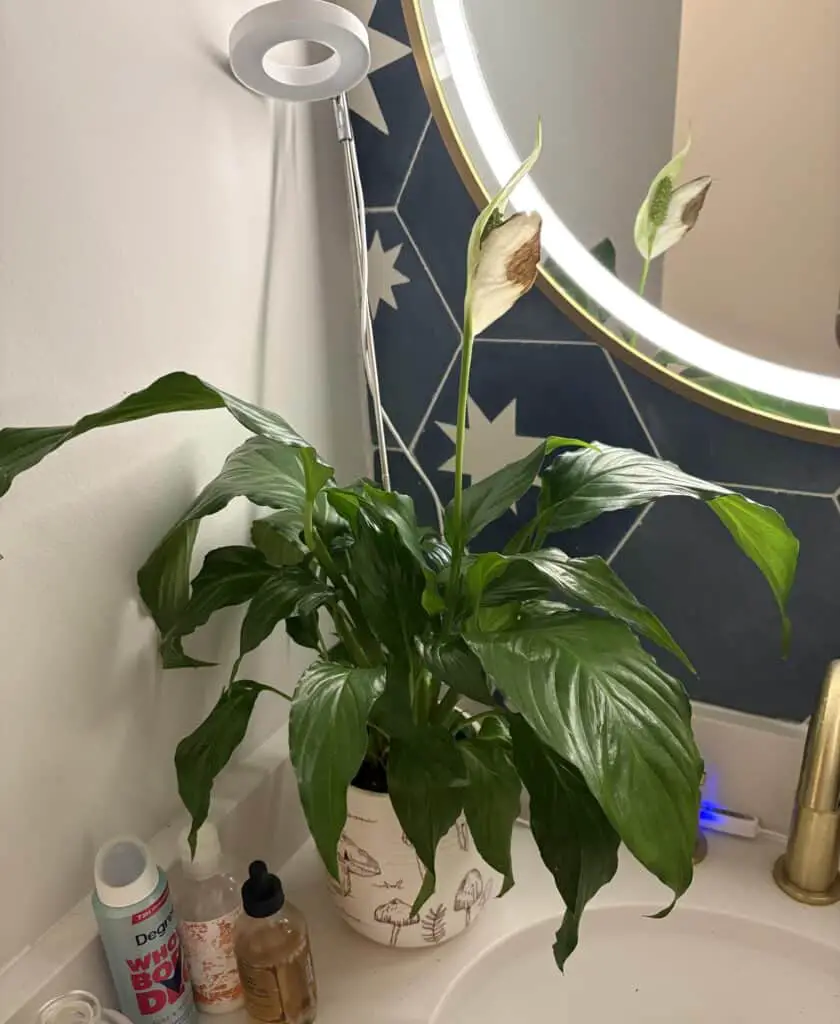
I place my peace lily near a north or east-facing window. It gets bright, indirect light without harsh sun rays burning its leaves. Direct sunlight causes damage and stops it from blooming.
If natural light is low, I use a grow light. This gives the plant 10 to 12 hours of light daily. Proper lighting helps green flowers bloom while keeping leaves healthy and vibrant.
Maintain Appropriate Temperature and Humidity
Keep the room between 65°F and 85°F. Too cold or too hot stresses the peace lily. Avoid drafts from windows, doors, or air vents. Heaters can dry out the plant, so I never place mine near one.
Boosting humidity helps tropical plants like this thrive. Use a humidifier for steady moisture in the air. A pebble tray with water works well too; just set the pot on it without letting roots sit in water.
Misting green leaves lightly also helps keep them happy and healthy!
Feed with a Balanced Fertilizer
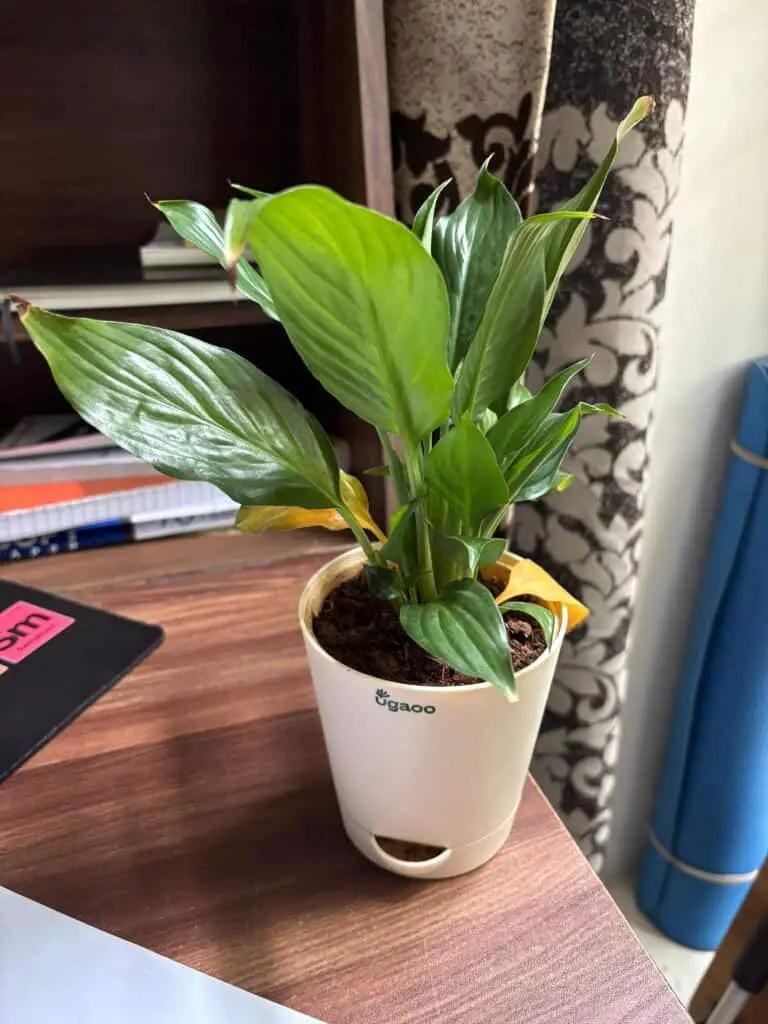
I use a fertilizer with more phosphorus, like one with a 7-9-5 ratio. This helps my peace lily grow strong and bloom those green flowers. I mix it to half strength and feed the plant once each month during spring through early fall.
I stop feeding in late fall because my peace lily rests in winter. Over-fertilizing can harm indoor plants or cause brown leaf tips. Using too much might even burn the roots!
Water Correctly
Check the soil with your finger. If the top inch feels dry, I water my peace lily right away. I always use room-temperature water to avoid shocking the roots.
I let extra water drain out of the pot. Standing water can lead to root rot or fungus gnats. In warmer months or low humidity, I might need to water more often. But in cooler seasons, I slow down and adjust as needed for moist soil without overwatering.
Repot When Necessary
Peace lilies bloom better with room to grow. If roots fill the pot or circle tightly, it’s time for a bigger one. I check mine every year to avoid stress on the plant.
I pick a new pot only 1–2 inches larger than the old one. Using well-draining soil helps keep moist soil without waterlogging. Early spring is best for this job, as it gives peace lilies energy during their growing season.
Prune Spent Flowers and Yellow Leaves
I cut off spent flowers at the base of their stems using sterilized scissors. This helps my peace lily send energy to new green flowers. Yellow leaves go too, as they can make the plant look messy and block fresh growth.
Pruning every six months keeps it healthy and neat. It also improves air flow around the plant. This simple step keeps indoor plants like mine blooming beautifully during their growing season!
Provide a Rest Period
After blooming, I reduce watering and stop fertilizing. This gives the plant a break for several months. My peace lily stays in a cool spot with bright indirect light during this time.
Lower humidity helps it rest better too.
A rest period lets the plant gather energy for new blooms later. I make sure not to overwater or place it in direct sunlight during this phase. These steps keep my indoor plants healthy and ready for their next growing season!
Avoid Common Mistakes to Ensure the Peace Lily Thrives
Watch out for simple errors that can upset your peace lily’s health—small tweaks can make all the difference!
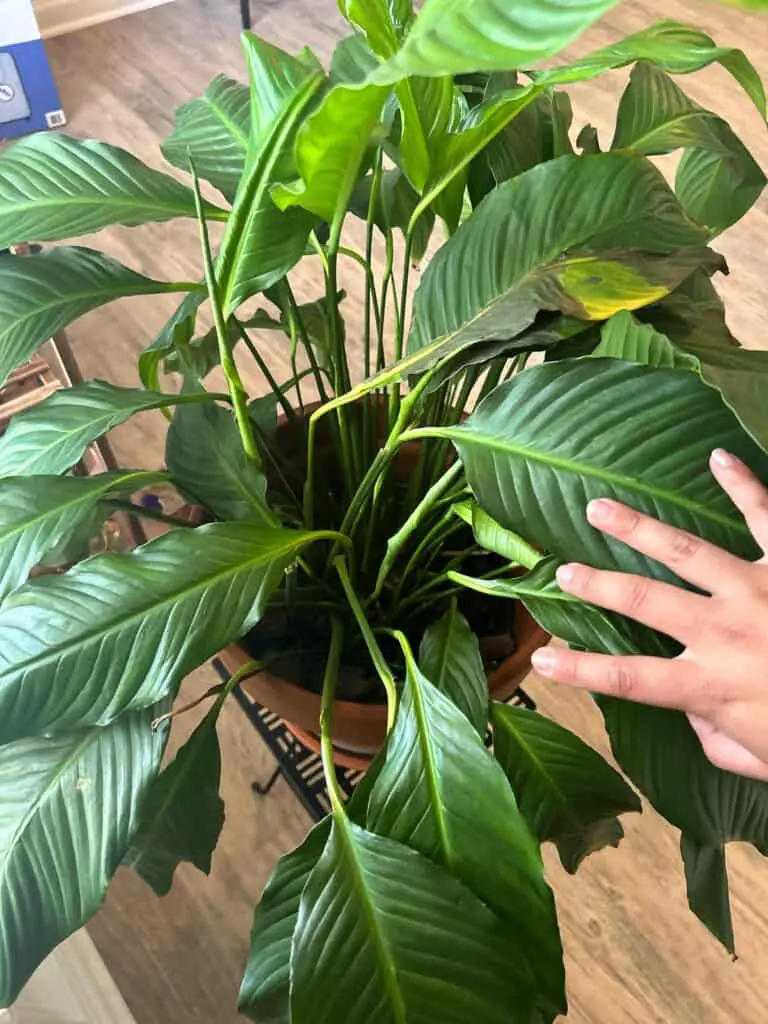
Avoid Direct Sunlight
Direct sunlight can harm peace lilies. It scorches their leaves and blocks blooming. I keep mine in bright, indirect light instead. They need six to eight hours of this daily.
Too much sun causes brown leaf tips or yellow leaves. Move your plant away from windows with harsh rays. Instead, use sheer curtains or place it in a shaded corner for healthier growth and green flowers.
Avoid Overwatering
I always make sure my peace lily pot has drainage holes. Too much water can drown the roots and stop blooms. Overwatering leads to root rot, yellow leaves, and even brown tips that look awful.
I check the soil before I water. If it feels damp about an inch down, I wait a day or two. Keeping moist soil is key, but soggy dirt harms mature peace lilies. Healthy roots mean green flowers and a happy plant!
Avoid Allowing Soil to Dry Out Completely
Dry soil can make a peace lily wilt fast. If it dries out too much, the plant might collapse. I always check to keep the soil moist but not soggy.
Soaking the plant in water for 10 minutes helps if wilting happens. Consistently moist soil keeps your peace lily growing strong and happy.
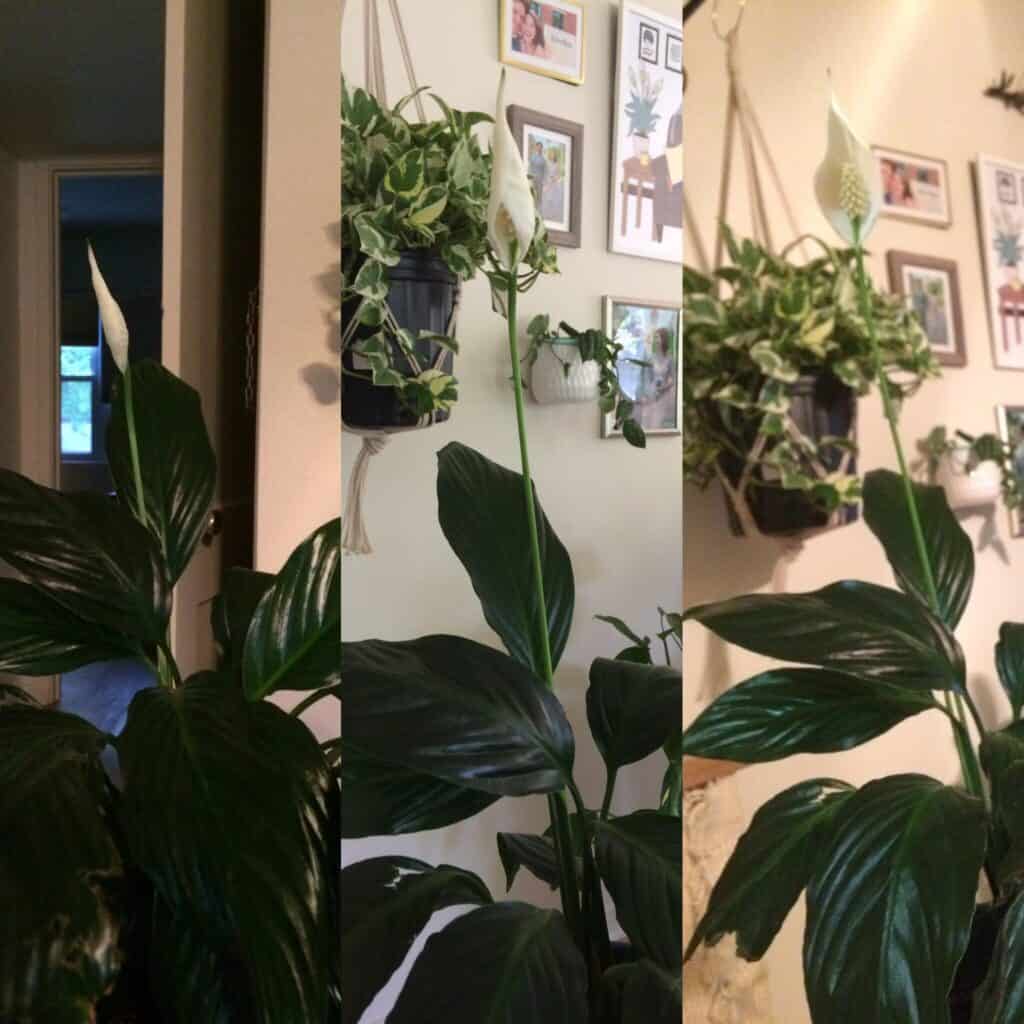
Avoid Using Hard or Chlorinated Water
Hard water or chlorinated tap water harms peace lilies. Chlorine burns leaf tips, causing brown edges. Fluoride in tap water can also damage the plant. I always use filtered or distilled water for my peace lily.
Letting tap water sit for 24 hours works too. This allows chlorine to evaporate before watering. Rainwater is another great option, especially for tropical plants like peace lilies.
Using soft, clean water keeps leaves green and healthy while helping blooms thrive in the growing season!
Avoid Fertilizing During Dormancy
Peace lilies rest in fall and winter. During this time, I stop feeding them fertilizer. Over-fertilizing can harm their roots and cause problems like nutrient buildup or root burn.
I only use a balanced fertilizer during spring and summer. Feeding every 6 to 8 weeks helps with healthy green flowers and growth. Too much food in dormancy does more harm than good!
Check for Pests or Diseases
I always check my peace lily leaves for pests like spider mites, aphids, and mealybugs. These bugs often hide under the leaves or in tight spots. If I see any, I treat the plant with insecticidal soap or neem oil right away.
I also keep an eye out for signs of root rot. This happens from overwatering and soggy soil. To avoid it, I water only when the topsoil feels dry. Brown leaf tips or yellow leaves can mean trouble too, so I inspect often to catch problems early.
Conclusion
Getting your peace lily to bloom this fall is simple with the right care. Give it bright, indirect light and keep the soil moist but not soggy. Feed it during the growing season, and prune dead leaves often.
Avoid overwatering or putting it in harsh sunlight—it hates that! With a little love, green flowers will pop up before you know it.
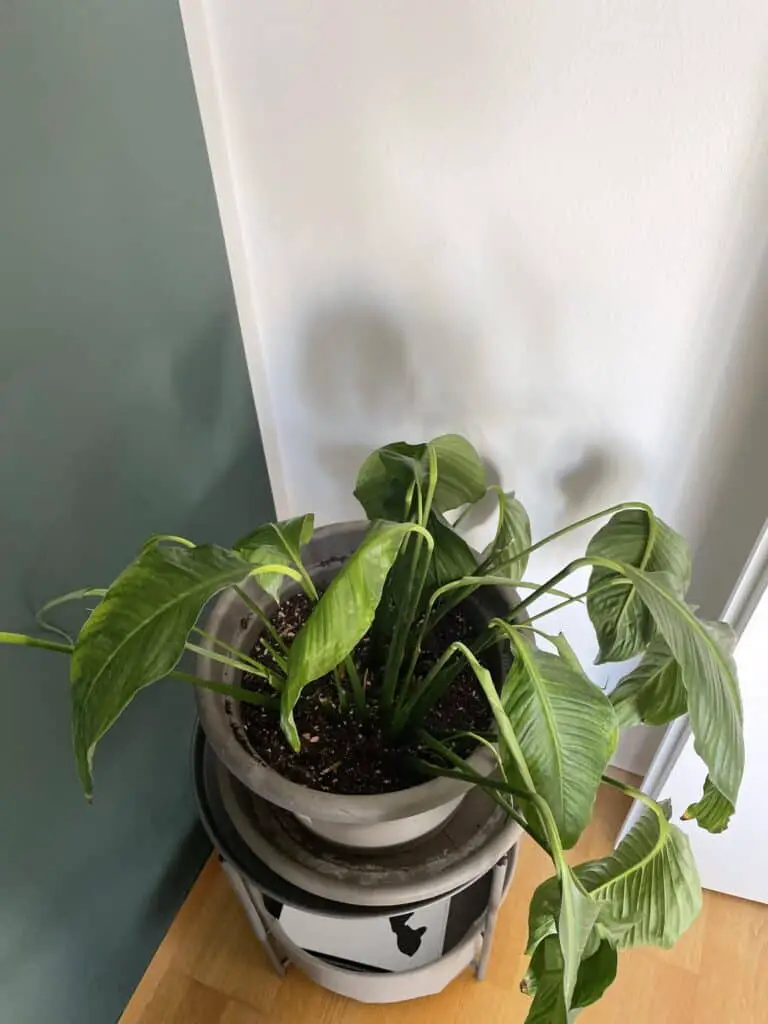
FAQs
1. What light does a peace lily need to bloom?
Peace lilies thrive in bright indirect light. Avoid placing them in direct sunlight, as it can scorch their leaves.
2. Why are my peace lily’s leaf tips turning brown?
Brown leaf tips often mean the soil is too dry or there’s low humidity. Keep the soil moist and consider humidification for healthier growth.
3. How do I water my peace lily properly?
Use room-temperature water and keep the soil evenly moist, but don’t let it get soggy. Overwatering can lead to yellow leaves.
4. Can I divide my mature peace lily to help it grow better?
Yes, plant division helps when your peace lily becomes crowded or stops blooming during its growing season.
5. What should I avoid if I want green flowers this fall?
Avoid letting the plant sit in dry air or overwatering it. Also, watch out for fungal issues like gibberella fujikuroi that can harm tropical plants like peace lilies!


